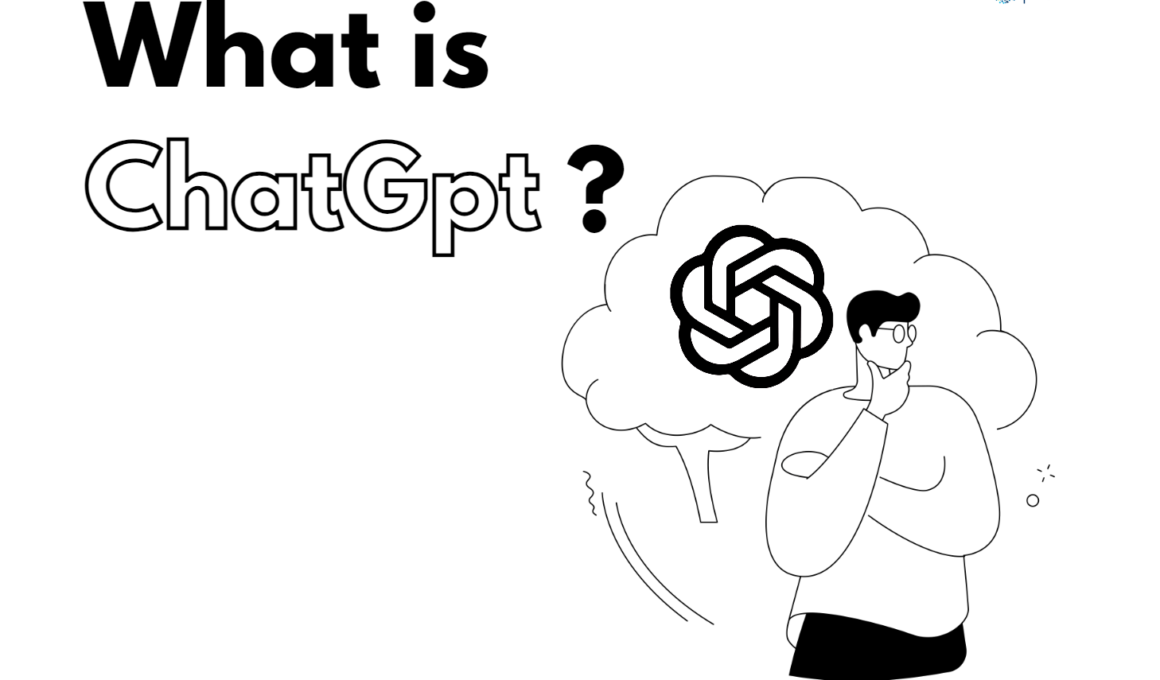ChatGPT, the newest, most viral AI tool that is making its rounds on the internet, has the world shook about its endless capabilities. Want to know how this AI tool is changing the game and the effect it will have in the Data Science domain? Keep reading to find out!
What is ChatGPT?
ChatGPT is a state-of-the-art language model developed by OpenAI that is designed for natural language processing tasks such as text completion, conversation simulation, and language translation.
It is based on the GPT (Generative Pre-trained Transformer) architecture, which is a type of deep learning model that is trained on a large dataset of text to predict the next word in a sentence.
The model is pre-trained on a massive dataset of text, which allows it to understand and generate human-like text. This pre-training allows ChatGPT to be fine-tuned for a wide range of natural language processing (NLP) tasks with minimal supervision.
It can also be fine-tuned on specific datasets to improve its performance on specific tasks.
ChatGPT uses a transformer architecture, which was introduced in the paper “Attention Is All You Need”. This architecture allows the model to handle sequential data and long-term dependencies, which is essential for understanding and generating human-like text.
The model also utilizes a technique called ‘masked language modeling‘ during pre-training, which involves masking out certain words in a sentence and training the model to predict the masked words based on the context.
This allows the model to learn the relationships between words and their meanings, which is crucial for understanding and generating human-like text.
In summary, ChatGPT is a powerful language model that is trained to understand and generate human-like text. It is based on the GPT architecture and transformer architecture, which allows it to handle sequential data and long-term dependencies.
It can be fine-tuned on specific datasets to improve its performance on specific tasks, making it useful for various natural language processing tasks such as text completion, conversation simulation and language translation.
This makes ChatGPT a valuable tool for data scientists in a variety of applications. Here are just a few ways that ChatGPT can help data scientists.
Ways ChatGPT aids Data Scientists
1. Data Pre-processing
ChatGPT can be used to automatically preprocess and clean large amounts of text data. This can save data scientists a significant amount of time and effort, and allow them to focus on more important tasks such as model development and analysis.
2. Text Generation
ChatGPT can be used to generate text data, which can be useful for a variety of tasks such as language translation, text summarization, and content creation. This can help data scientists to generate new data for their models to work on and test them.
3. Text Classification
ChatGPT can be used to classify text data into different categories. This can be useful for tasks such as sentiment analysis, spam detection, and topic classification. This can help data scientists to understand and make sense of their data.
4. Text Summarization
ChatGPT can be used to summarize large amounts of text data into shorter, more manageable pieces of information. This can be useful for tasks such as summarizing news articles, customer reviews, and research papers. This can help data scientists to get the most important information out of their data quickly.

5. Text-to-Speech
ChatGPT can also be used to generate speech from text. This can be useful for tasks such as creating voice assistants, chatbots, and virtual assistants. This can help data scientists to communicate their findings in an accessible way, or to use the technology in their products.
6. Anomaly Detection
ChatGPT can be used to detect anomalies in text data. This can be useful for tasks such as detecting fraud, detecting errors in financial reports or detecting malicious intent in social media content.
7. Automated Report Generation
ChatGPT can be used to automatically generate reports based on data analysis. This can save data scientists a significant amount of time and effort, and allow them to focus on more important tasks such as data analysis and model development.
Conclusion
In conclusion, ChatGPT is a powerful tool that can be used by data scientists in a variety of applications. By automating tasks such as data preprocessing, text generation, and text classification, ChatGPT can help data scientists to save time and effort, and to focus on more important tasks.
Remember to check out our collection of Data Science resources to keep you learning and practicing, and you’ll be well on your way to having a successful career in data science!






